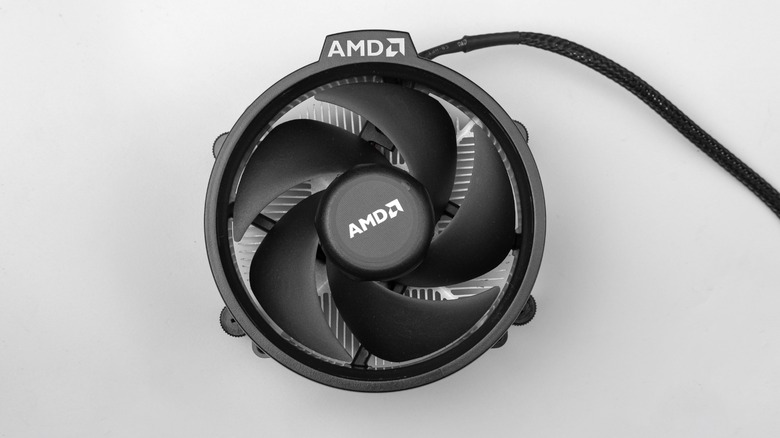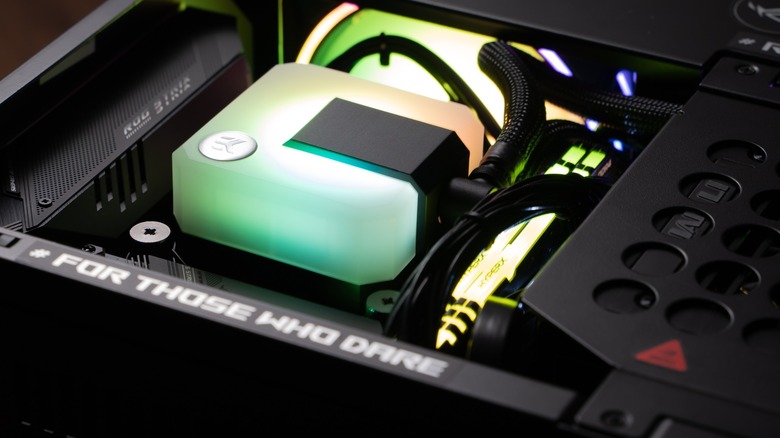Are Stock CPU Coolers Good Enough For Every Processor?
Casual and newer users may grossly underestimate how much of a difference heat makes on your computer's resources. Demanding games, video editing, animating, and even virtual machines could force your CPU to work at speeds hot enough to boil water. While higher speeds and more power may lead to better CPU performance, such high temperatures could damage vital components, especially the CPU itself.
Thus, heat dissipation systems have been built into both hardware and software, working together to ensure that your processor doesn't become molten sludge. On the software side, we have thermal throttling, where the CPU is forced to reduce its clock speed so it can cool down. On the hardware side, we have CPU coolers, and these come in various shapes and sizes. Heat sinks, fans, and liquid coolers are prime examples of hardware cooling systems that could come with your PC or laptop.
The million-dollar question, though, is this: Are these built-in, factory-designed, stock CPU coolers enough? They should be if you stick to using your computer exactly the way it was designed to be used. For instance, you should have no issues if you bought a pre-built desktop that came with its own CPU (and cooler) and you stick to just under what the CPU was created to handle — maybe light gaming or browsing. You could possibly get away with a minor CPU upgrade, too, without changing the cooler. However, the moment you find yourself constantly pushing the higher temps, it's time to swap out that stock cooler for something with more oomph.
What scenarios would a stock CPU cooler not cut it?
Before we get to upgrading your CPU or even overclocking, you can change your cooler if you want to get more performance on a low budget. Even just light thermal throttling can reduce performance by about 5 to 10% and this value will rise as high as 50% the throttling gets more aggressive.
This is especially significant if you have a small PC case, and you're suffering from overall bad airflow. Investing in an AIO cooler to replace the Wraith Stealth CPU cooler that comes with an AMD Ryzen 5 5600, for example, can help to dramatically improve performance during intense CPU sessions.
Sadly, many high-end CPUs don't come with their own coolers. Take the Ryzen 9 5900X, it's a powerful 12-core, 24-thread CPU with a 3.7 GHz base clock speed that comes with no cooler whatsoever. If you decided to use the Wraith Stealth cooler that came with a Ryzen 5 5600, you would be crippled with very bad thermal throttling. Thankfully, a solid third-party cooler can be found for under $50, though there are certainly impressive ones at higher price points.
Last but not least, if you overclock your CPU, a stock cooler will almost certainly not cut it. You'll need more powerful cooling solutions and much better airflow than whatever the manufacturer may have given you. Overclocking essentially removes the speed restrictions on your CPU, and allows it to draw more energy to do more calculations. This is good for performance, but you'll have to handle the heat decisively first.

